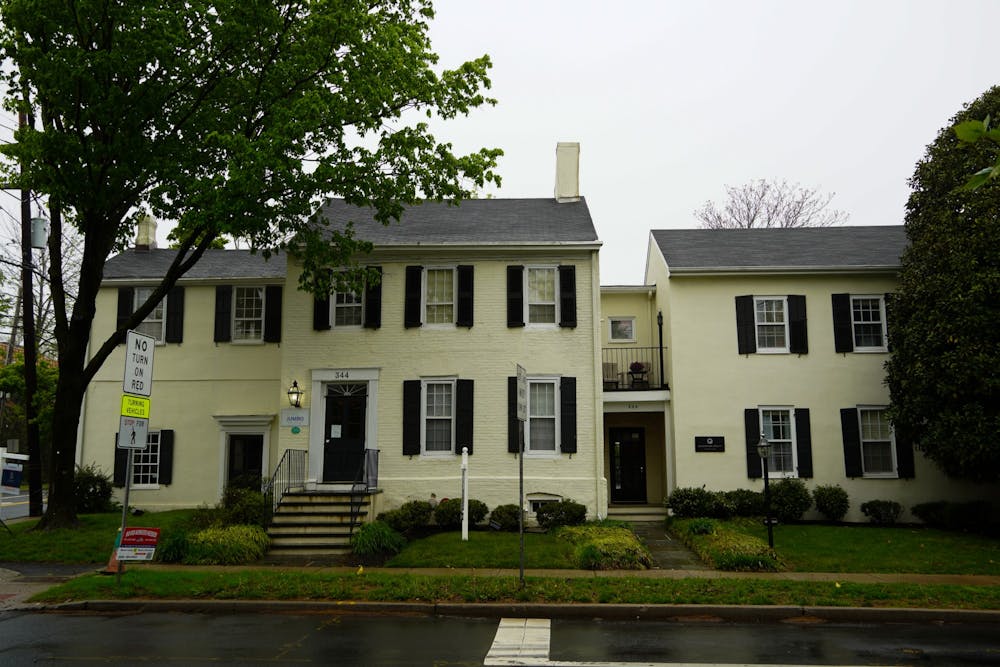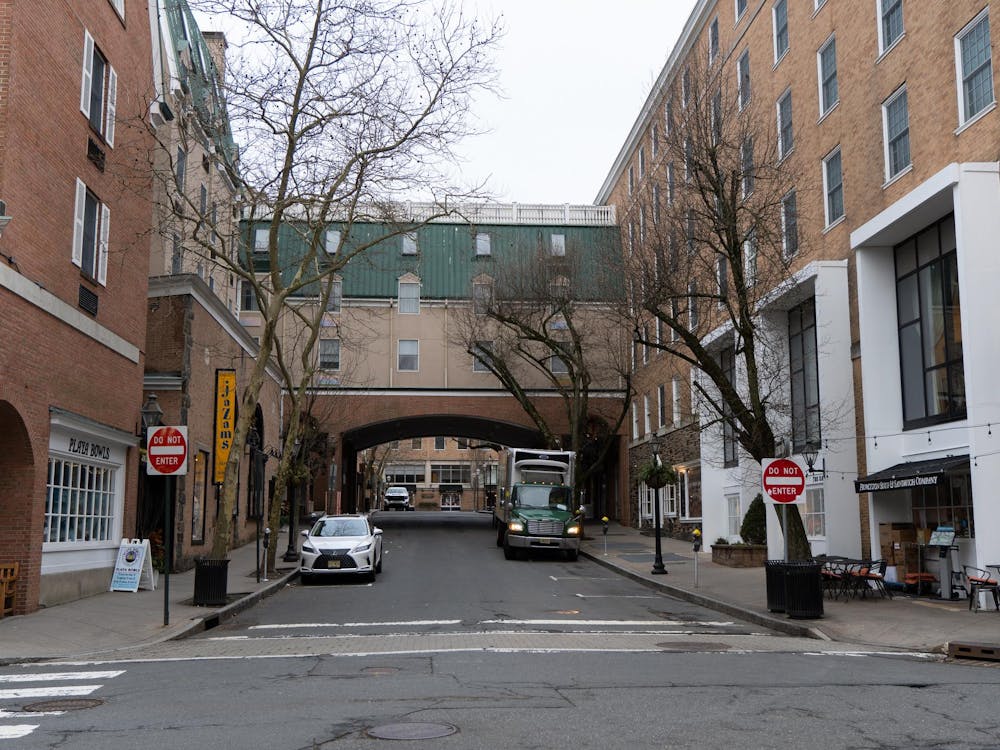Three years ago, the Princeton City Council passed Affordable Housing Overlay (AHO) Ordinances, proposing new housing units, including affordable housing, in three of the town’s seven overlay zones.
The housing development in AHO-2, one of the seven zones, is facing significant opposition. Opponents have noted the development, at 344 North Tulane Street, is in the Jugtown Historic District. Months after the petitions have started circulating, there has been little resolution.
The project has been held up by a group of residents who have protested new development. Last spring, this controversy was reignited after a petition opposing the overlay, titled “Save Jugtown Historical District,” gained over 1,200 signatures. Some of the lots slated for new development fall within the Jugtown Historic District, which is located at the intersection of Harrison and Nassau Streets and includes structures dating as far back as the 18th century.
The petition demands that new buildings comply with historic preservation standards, reach no higher than three stories, and be visually compatible with other buildings in the Jugtown Historic District.
The project is not the only affordable housing project which has faced pushback. A construction project in AHO-7 — one of the seven zones, which is partially located within the Witherspoon-Jackson Historic District — was approved this April, but only at a site within the overlay not located within the historic district. Councilmember David Cohen told The Daily Princetonian that contention over future development within the zone is likely to arise.
“As projects start to come in on Witherspoon Street on that overlay we do expect to see some concerned voices,” he said.
Limited access to affordable housing has long posed a challenge to community members. In September 2023, the median listing home price in Princeton was $1 million, an increase of 18.5 percent from last year, according to Realtor.com.
Typically under federal housing programs, in order to qualify for affordable housing, households cannot have an income higher than 80 percent of the county’s median family income; in New Jersey, the median family income was $89,703 in 2021. As such, the 20 percent of new housing units that will be designated as affordable housing units, as required by New Jersey law, will help to open Princeton to a wider income range.

Louise Wilson, chair of the Planning Board, wrote in a statement to the ‘Prince’ that “some people object to, or have mixed feelings about new affordable housing, especially near where they live and especially if it results in changes to the landscape or streetscape.”
Justin Lesko, the town’s Planning Director, told the ‘Prince’ in an interview that he has received numerous emails from students and graduate students at the University saying they pay more to live in Princeton than in large metropoles like Washington, D.C. or Seattle. He also noted the issue of the University competing with other institutions for faculty members, who may be deterred by lofty housing prices.
A call for improved access to housing was a key ask in the graduate student unionization effort launched last year. All first-year graduate students are guaranteed housing, and about 70 percent of regularly enrolled graduate students live in University accommodations, according to the Princeton website.
As rent prices trend upward nationally, however, many peer institutions are facing similar housing shortages. The housing shortage in many major cities has been attributed to a lack of new construction. At the same time, many homeowners resist the building of new housing, oftentimes using historic landmarking and restrictive zoning laws.

Arguments for historic preservation have often been associated with the Not In My Backyard (NIMBY) movement, whose proponents oppose new development. Opponents of the new development projects in Princeton dispute an opposition to developing affordable housing, saying in the petition that they “support the addition of housing including affordable housing in this neighborhood zone.” They instead express concerns with the bulk and setbacks of the buildings.
In an interview with the ‘Prince,’ the author of the petition, Catherine Knight, a local architect, said she “certainly think[s] it would be good for more affordable housing opportunities,” but that when an existing neighborhood is designated as a historic district, certain guidelines for how to incorporate new buildings in historic districts need to be considered.
Clifford Zink, a local preservation consultant and historian who told the ‘Prince’ that he signed the petition, said he thinks the town’s historic features add “layers of richness to [the] community,” and are “a big part of why a lot of people live in town.”
While he said he loves his neighborhood and “wants to share it with others,” he feels that urban design and historic preservation are being neglected in the proposed development in Jugtown.
A chief concern that Knight and Zink expressed is the height of the proposed buildings.
The tallest existing building in the neighborhood is two-and-a-half stories, as are the buildings right nearby. Both Zink and Knight said they would accept a three-story addition, but that four stories, which is what the ordinance allows for, is unacceptably high.
They also said that while the sidewalks on Nassau Street have zero setback, this does not work in other Princeton neighborhoods. They recommended moving to a five-foot setback, adding that having this zero-setback line in the guidelines does not accommodate historic district regulations.
Despite this claim, Cohen said that there is still a lot of historic protection in the ordinances. He explained that approval by the planning board for these overlays required going to the historic preservation commission.
Wilson also said, “The AHO ordinances are designed explicitly to protect historic structures.”
Cohen also told the ‘Prince’ that overlay locations were chosen on areas that had surface parking lots, in the effort of discouraging car use and promoting a walking-friendly environment.
Wilson echoed this: “the new housing is being built in walkable areas and on transit lines, so folks who live there can be far less dependent on cars. I hope the new housing will attract people who want to live that lifestyle.”
“Hopefully more University staff can live in Princeton and enjoy a ‘car-optional’ lifestyle. And hopefully more graduating seniors who want to stay here, or return in the future with families, can afford to do so — not just in designated-affordable homes, but in the market-rate units too,” Wilson continued.
She said that new housing does not necessarily alter the character of the neighborhood.
“New buildings can be built side by side with, or even attached to, historic structures in ways that respect and draw from the historic features. Princeton’s affordable housing overlay zones require that historic structures be preserved.”
Abby Leibowitz is a staff News writer for the ‘Prince.’
Kent Kim is a News contributor for the ‘Prince.’
Please send any corrections to corrections[at]dailyprincetonian.com.








